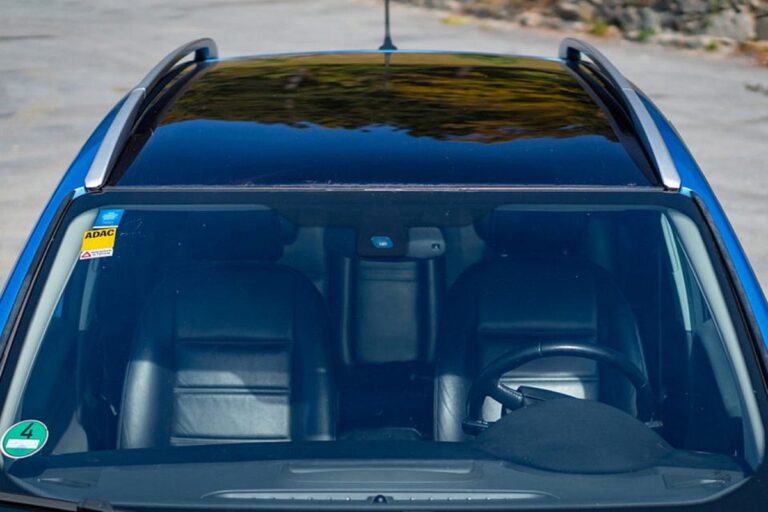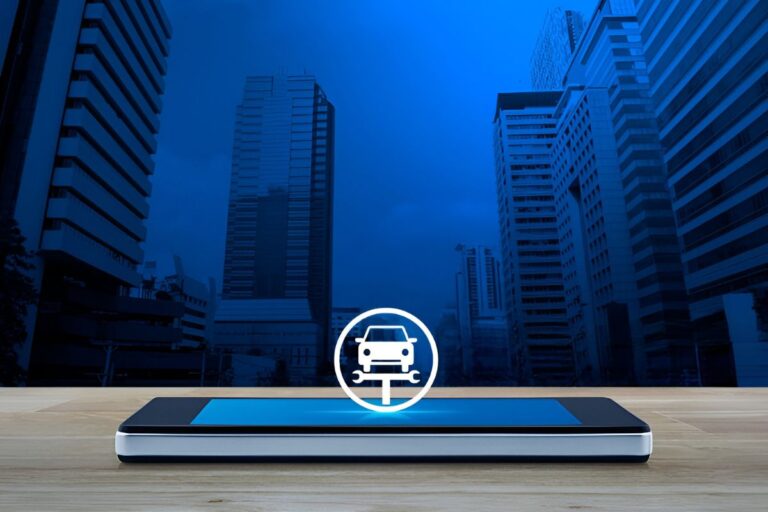The transportation industry is undergoing a significant transformation, driven by advances in technology. Among these advances, Autotronics—the integration of electronics and automotive technology—plays a pivotal role. This blog explores how Autotronics will shape the future of car sharing and ride-hailing services, revolutionising how we travel.
The Current State of Car Sharing and Ride-Hailing
Car-sharing and ride-hailing services have gained immense popularity over the past decade. Companies like Uber, Lyft, and Zipcar have made it easier for people to access vehicles without owning them. These services offer convenience, cost savings, and environmental benefits. However, they also face challenges such as traffic congestion, high operational costs, and regulatory hurdles.
The Role of Autotronics
Autotronics combines advanced electronics with automotive technology to create smarter, more efficient vehicles. Key areas where Autotronics is making an impact include:
- Autonomous Driving: Self-driving cars use sensors, cameras, and artificial intelligence (AI) to navigate roads without human intervention. Companies like Tesla, Waymo, and Cruise are at the forefront of developing autonomous vehicles.
- Connectivity: Modern cars are equipped with internet connectivity, enabling them to communicate with other vehicles and infrastructure. This connectivity improves navigation, safety, and traffic management.
- Electrification: Electric vehicles (EVs) are becoming more common, offering a cleaner alternative to gasoline-powered cars. Advances in battery technology and charging infrastructure are making EVs more viable for everyday use.
- Advanced Safety Features: Autotronics includes features like automatic emergency braking, lane-keeping assist, and adaptive cruise control, which enhance driver and passenger safety.
How Autotronics Will Transform Car Sharing and Ride-Hailing
Autotronics will make ride-hailing services safer and more reliable. Autonomous vehicles equipped with advanced sensors and AI can reduce accidents caused by human error. Features like automatic emergency braking and collision avoidance systems will further enhance safety.
- Cost Reduction
Autonomous vehicles will significantly reduce operational costs for ride-hailing companies. Without the need for human drivers, companies can save on labour costs. Additionally, electric autonomous vehicles have lower maintenance and fuel costs compared to traditional cars. - Enhanced User Experience
The integration of autopilots will lead to a seamless user experience. Autonomous ride-hailing vehicles can be summoned via smartphone apps, providing door-to-door service. Passengers can enjoy entertainment systems, Wi-Fi, and personalised settings during their ride. - Environmental Benefits
The shift to electric autonomous vehicles will reduce the carbon footprint of car sharing and ride-hailing services. Electric vehicles produce zero tailpipe emissions, contributing to cleaner air and a healthier environment. This aligns with global efforts to combat climate change. - Efficient traffic management
Connected autonomous vehicles can communicate with each other and with traffic infrastructure to optimise routes and reduce congestion. This will lead to smoother traffic flow, shorter travel times, and less fuel consumption. - Accessibility
Autonomous ride-hailing services will be more accessible to people with disabilities, the elderly, and those who cannot drive. Self-driving cars can be designed to accommodate various needs, making transportation more inclusive.
Challenges and Considerations
While the future of car sharing and ride-hailing through Autotronics is promising, several challenges need to be addressed:
- Regulation and legislation
Governments and regulatory bodies need to establish clear guidelines for the operation of autonomous vehicles. This includes safety standards, insurance requirements, and liability issues in case of accidents. - Public Acceptance
Gaining public trust in autonomous vehicles is crucial. People need to feel confident in the safety and reliability of self-driving cars. This will require extensive testing, transparency, and education about the benefits of autonomous technology. - Cybersecurity
Connected vehicles are vulnerable to cyberattacks. Ensuring robust cybersecurity measures is essential to protecting passengers’ data and preventing malicious activities that could compromise vehicle safety. - Infrastructure Development
The widespread adoption of autonomous vehicles requires significant investment in infrastructure. This includes building charging stations for electric vehicles, upgrading road networks, and implementing smart traffic management systems. - Economic Impact
The transition to autonomous vehicles will have economic implications, particularly for jobs in the driving industry. It’s important to consider how to support workers who may be displaced by this technological shift.
The Road Ahead
The future of car sharing and ride-hailing services through Autotronics is bright. As technology continues to advance, we can expect to see safer, more efficient, and environmentally friendly transportation options. While challenges remain, the potential benefits of autonomous vehicles and connected technology are substantial.
Companies in the transportation industry must adapt to these changes and invest in research and development to stay competitive. Governments and regulatory bodies need to work closely with technology developers to create a supportive environment for innovation.
Sushen Mohan Gupta and His Vision for Deva Autotronics
Sushen Mohan Gupta, a visionary in the field of automotive technology, is the driving force behind Deva Autotronics. With a profound understanding of Autotronics, Gupta aims to revolutionise car sharing and ride-hailing services. Deva Autotronics, under his leadership, is pioneering the development of autonomous, connected, and electric vehicles. He envisions a future where transportation is safer, more efficient, and environmentally friendly.
His innovative approach aligns seamlessly with the broader trends discussed in the blog, emphasising the transformative potential of autopilots. Through Deva Autotronics, he is not only advancing technology but also addressing challenges like public acceptance and regulatory frameworks, paving the way for a smarter and more sustainable transportation ecosystem.
Wrapping Up!
Autotronics is set to revolutionise the way we travel, particularly in the realm of car sharing and ride-hailing services. By leveraging autonomous driving, connectivity, electrification, and advanced safety features, we can create a transportation system that is safer, more efficient, and more sustainable. As we move forward, it is crucial to address the challenges and ensure that the benefits of this technological revolution are accessible to all.






